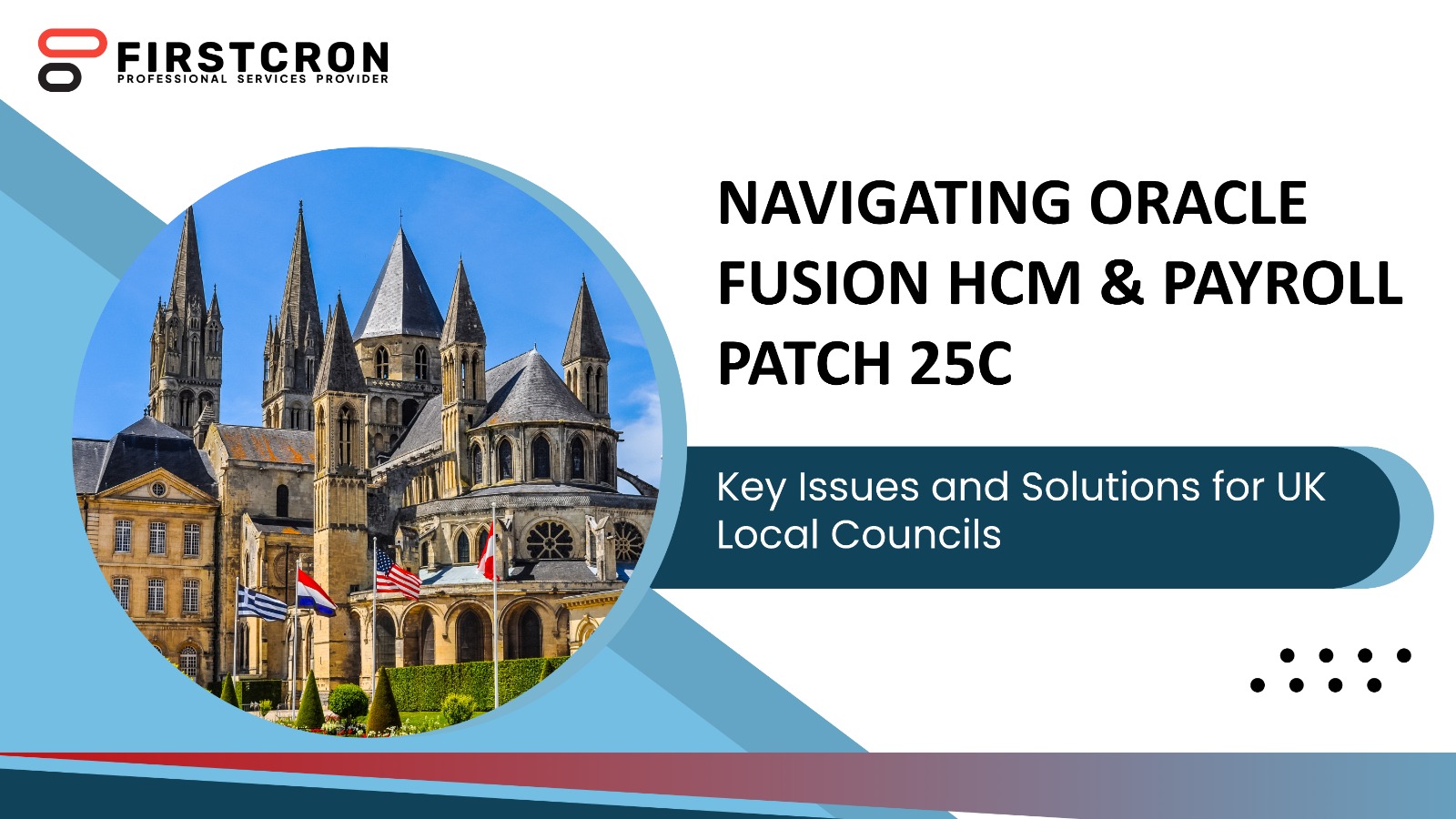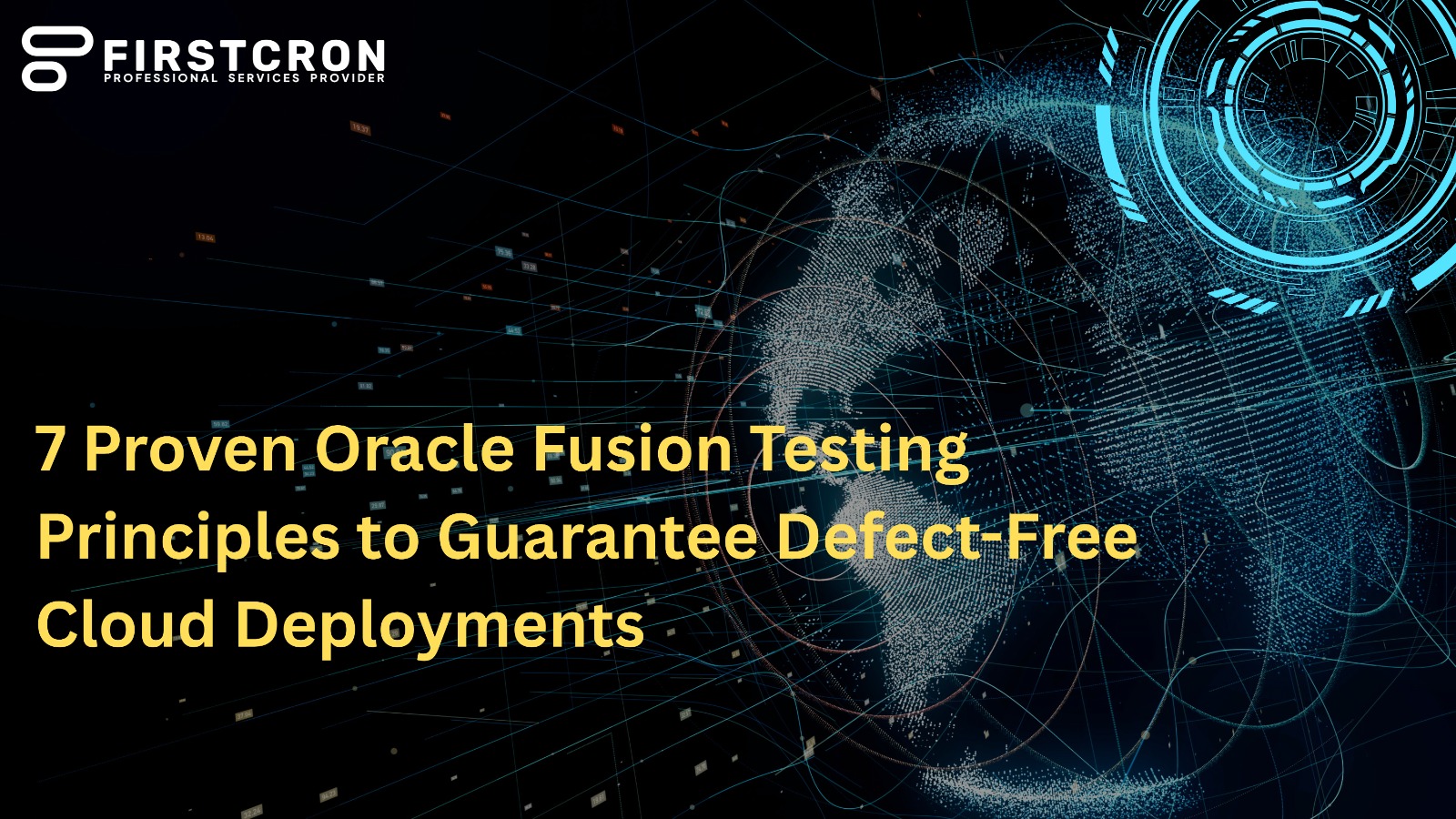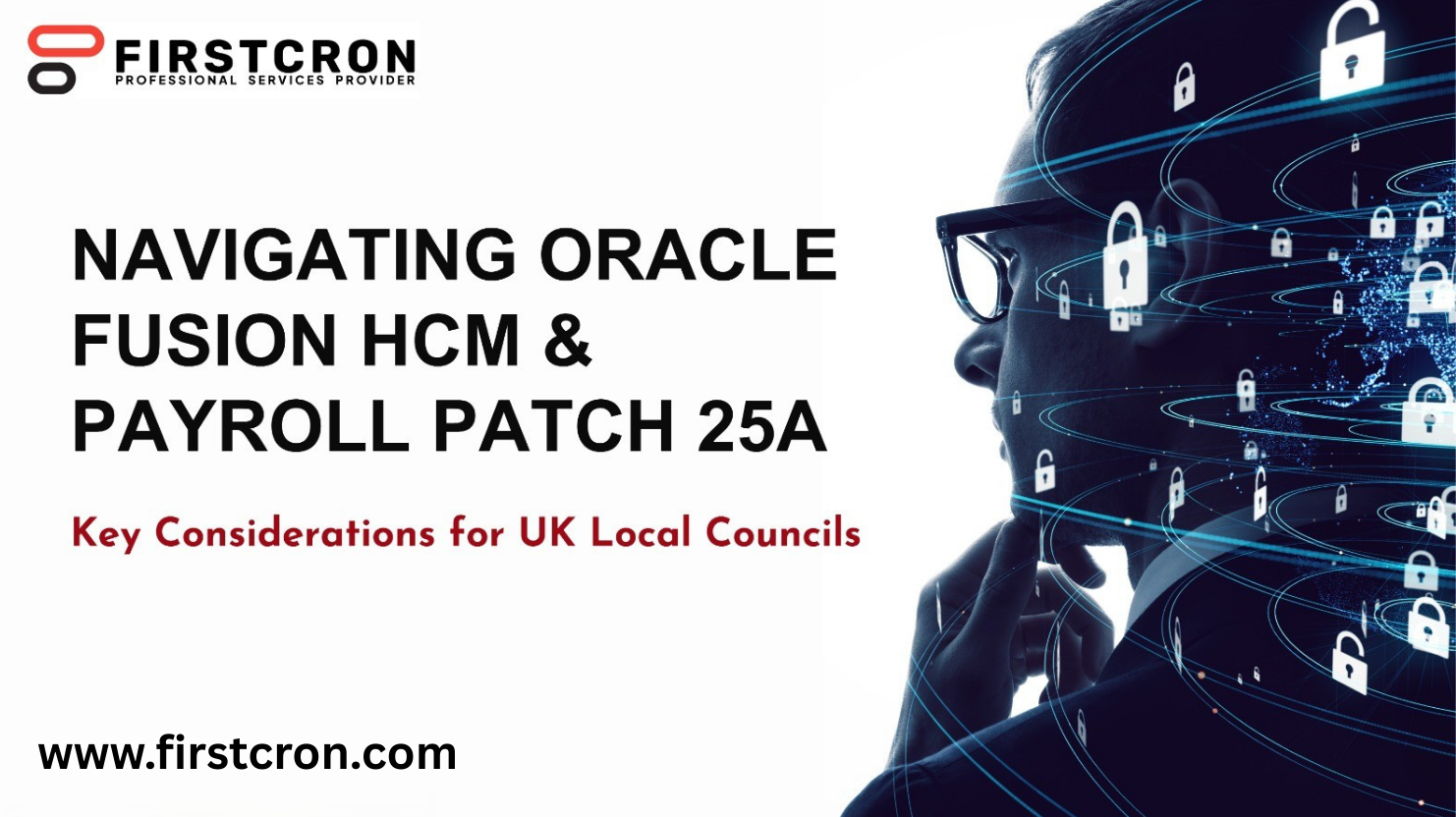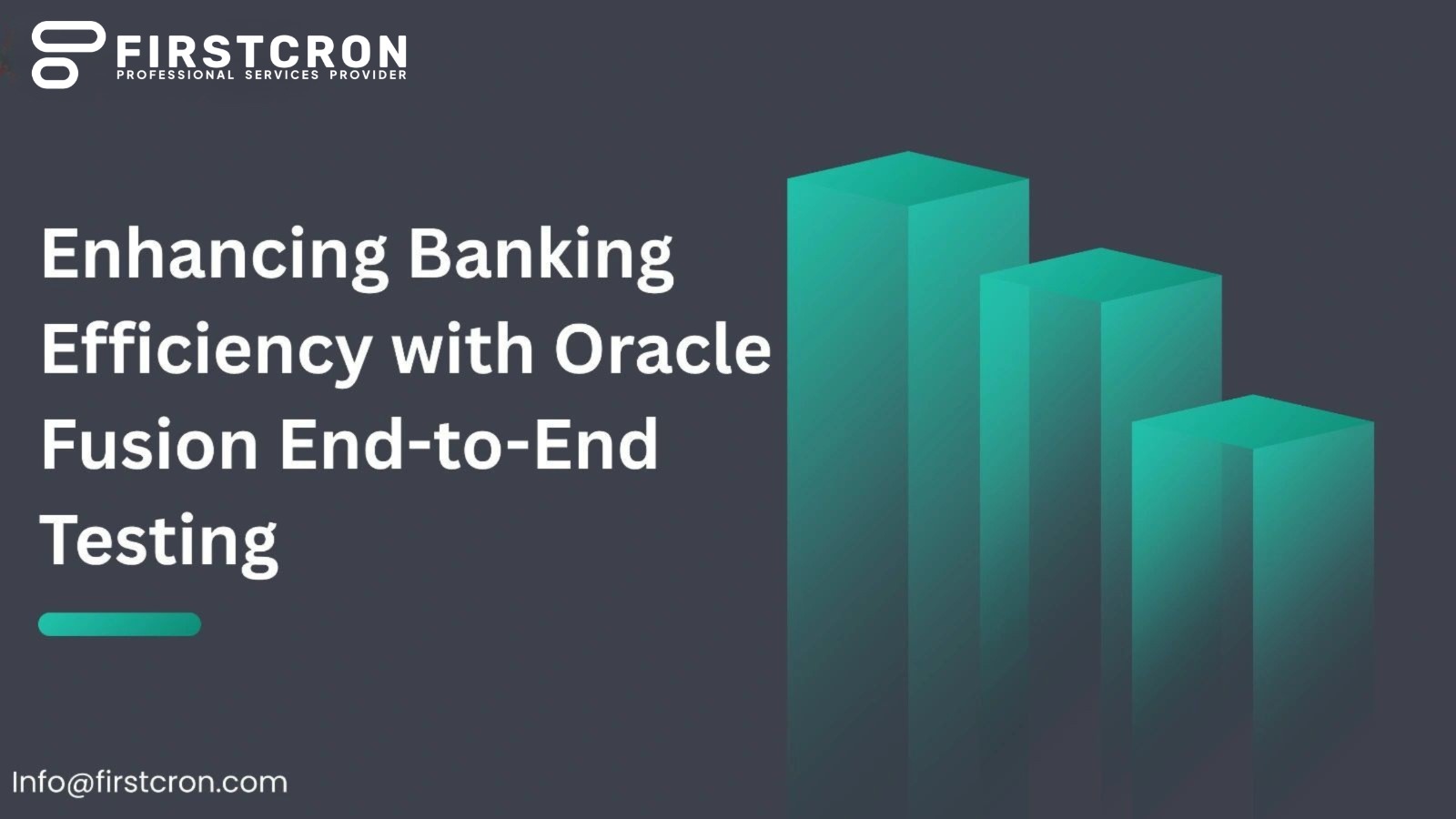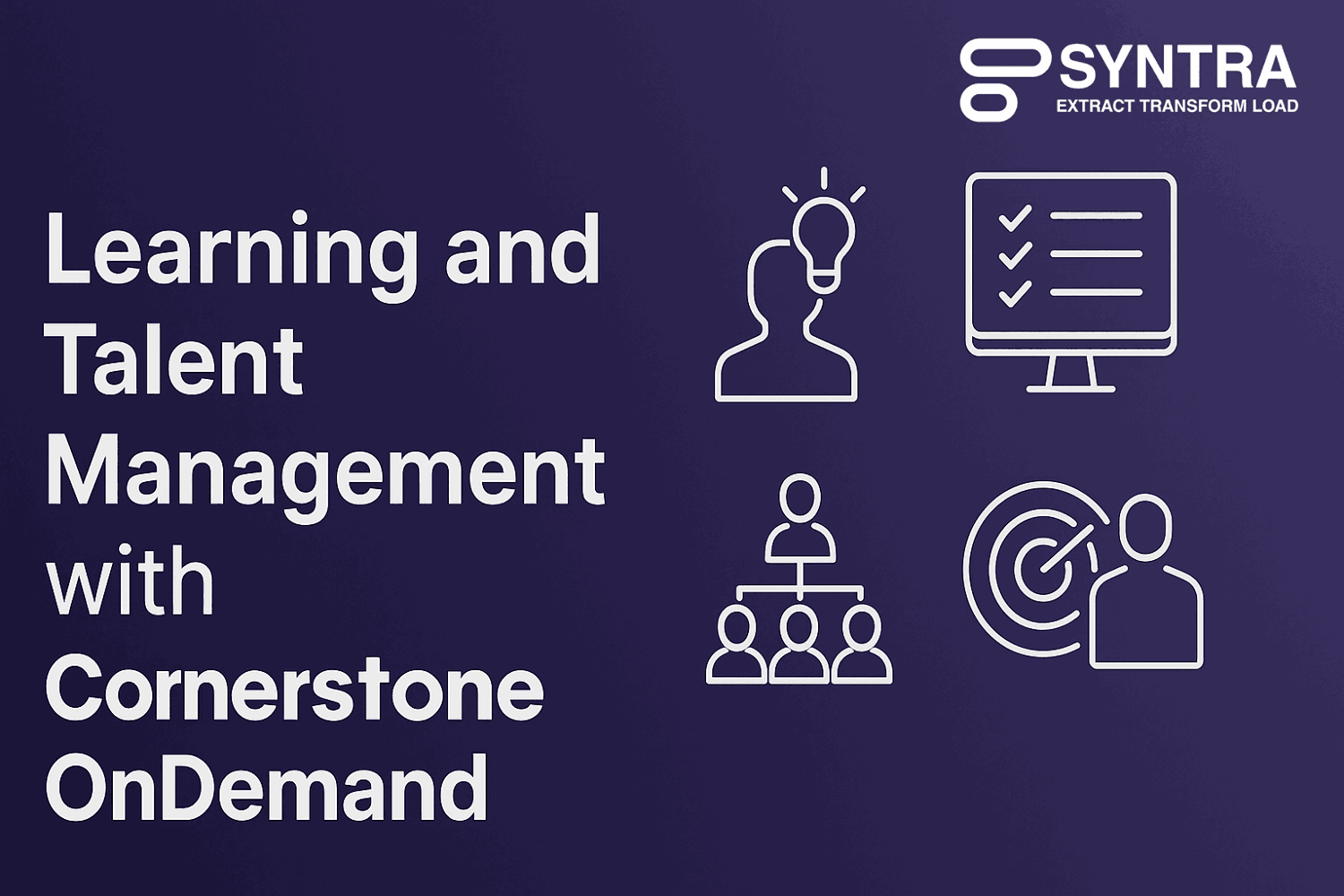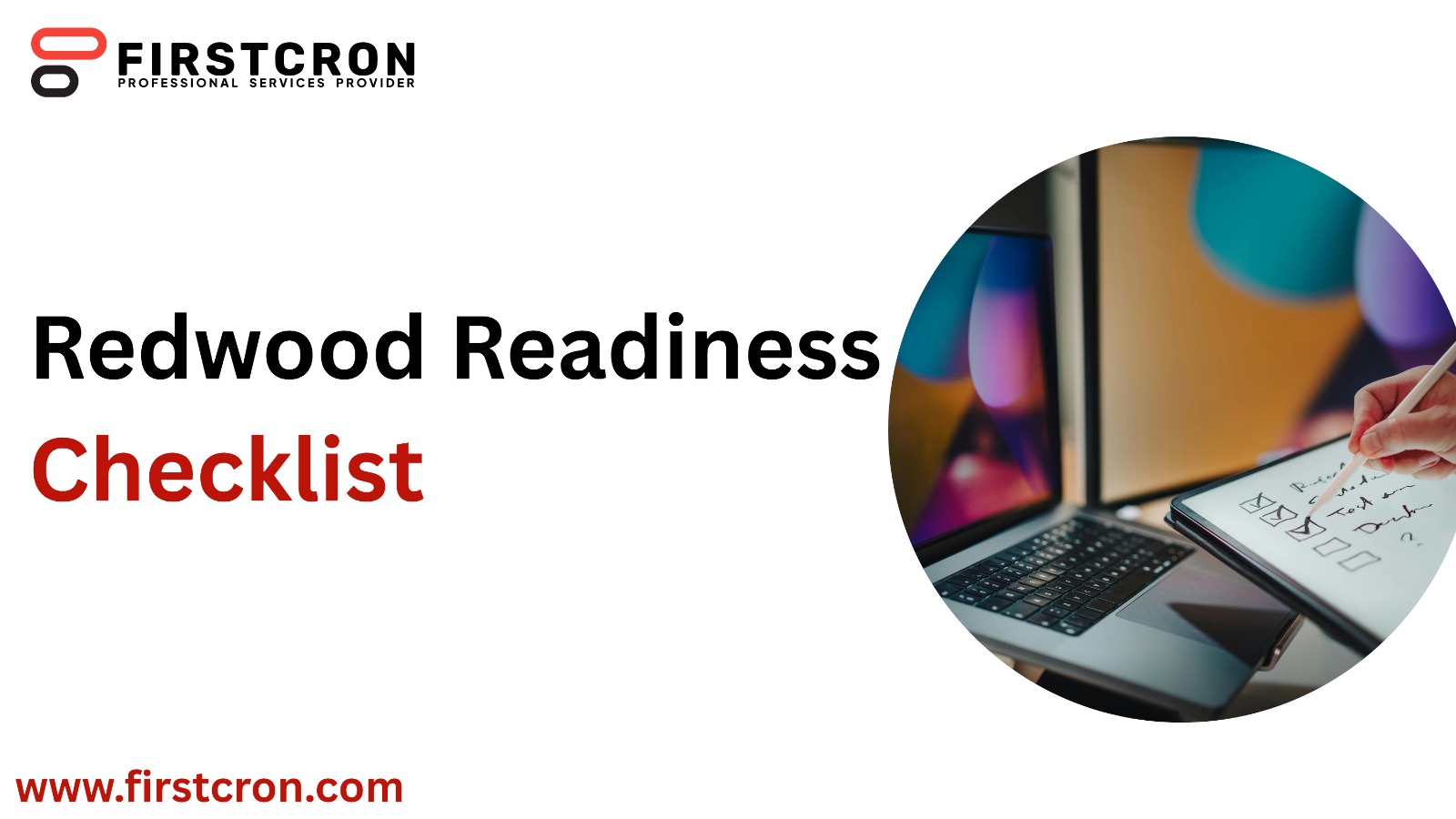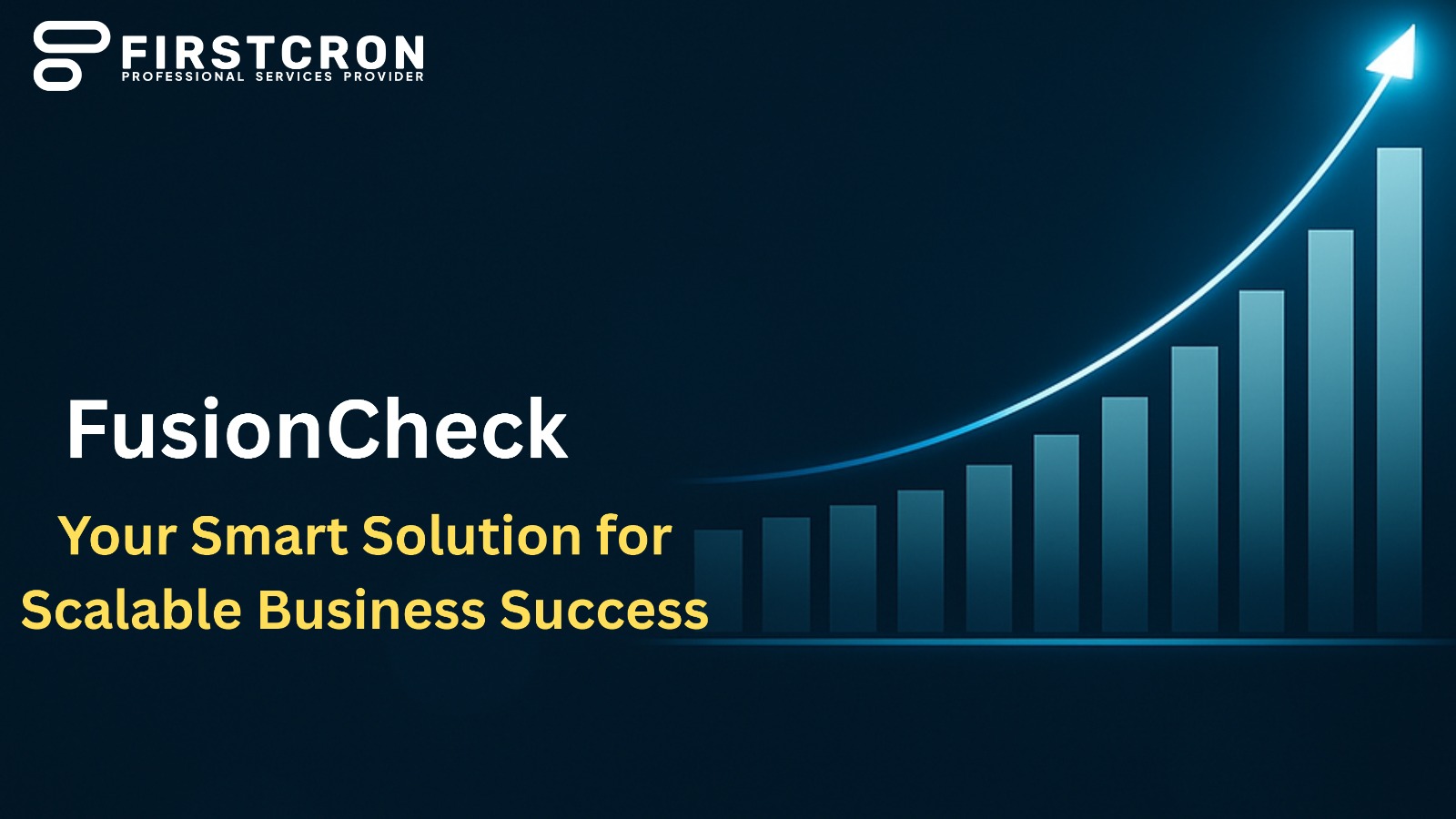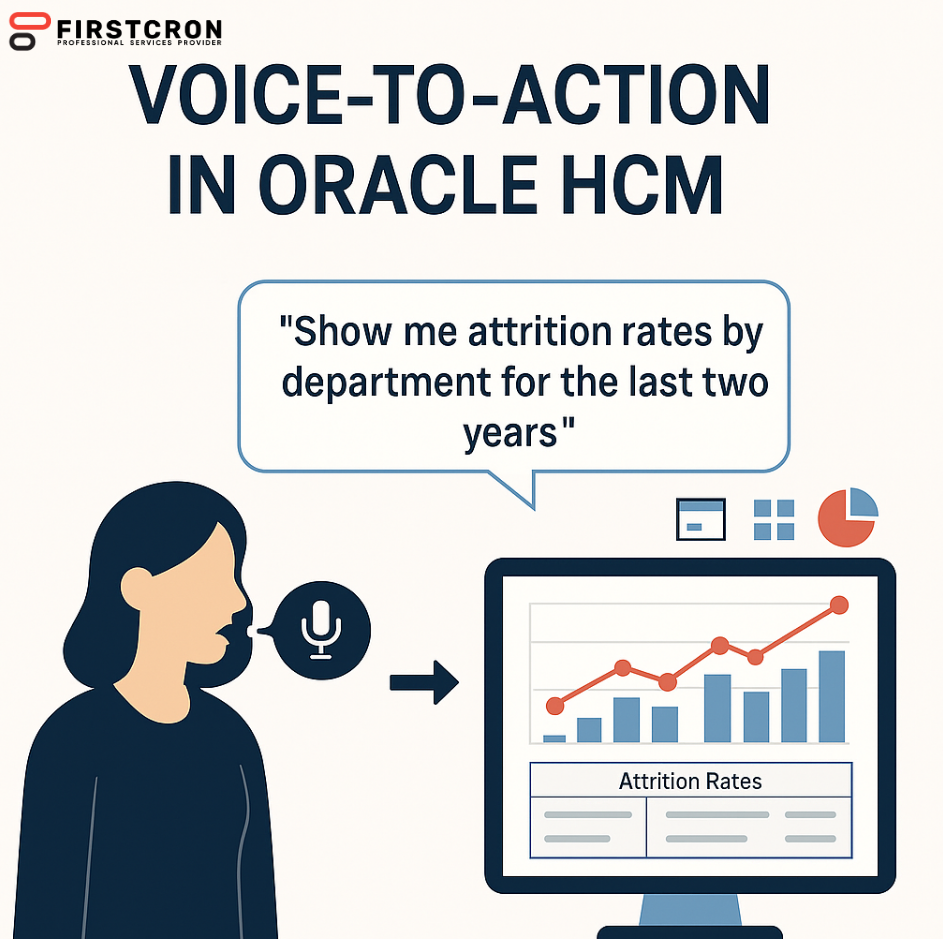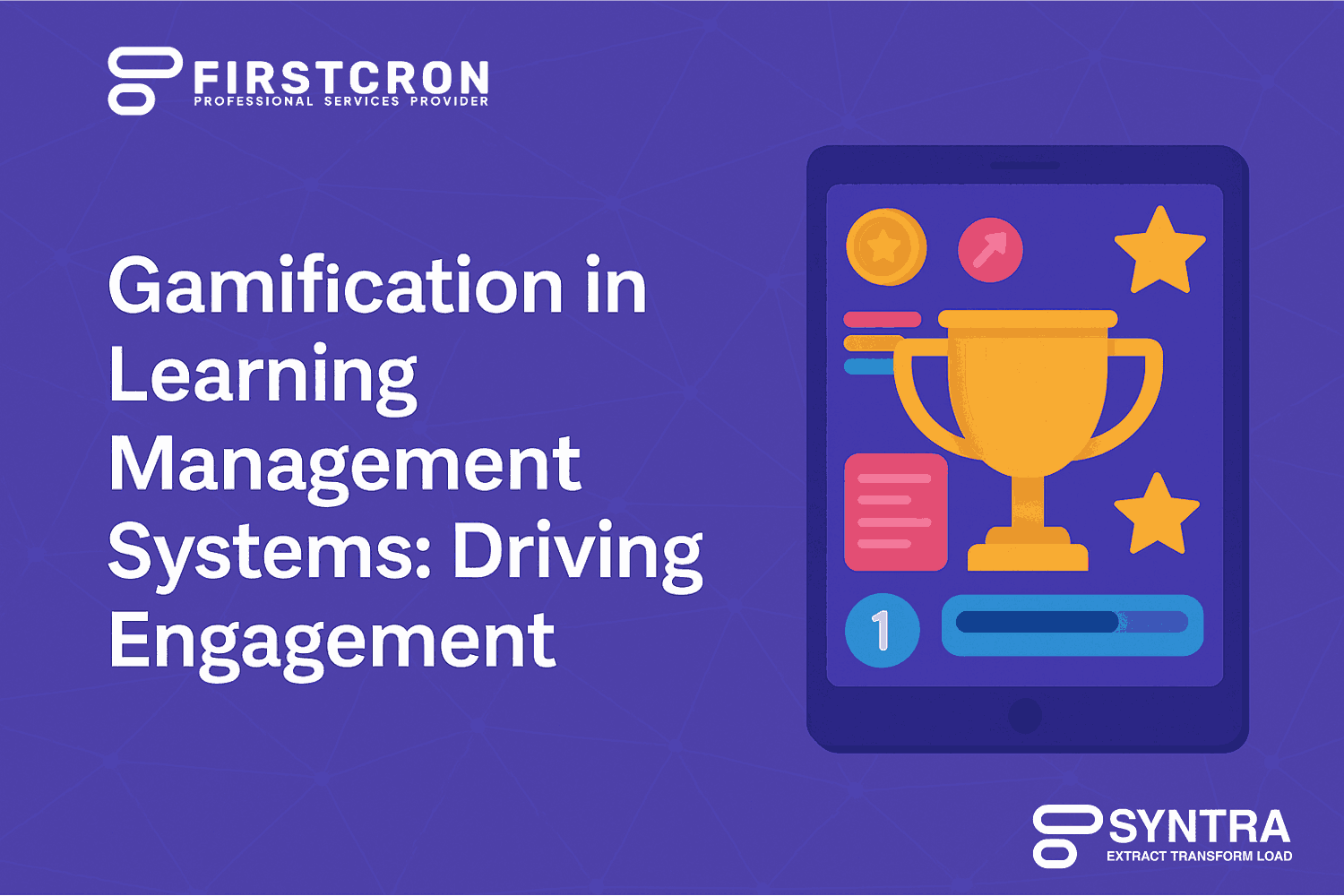
In today’s hyper-connected world, learning management systems (LMS) have become the backbone of corporate and academic education. Yet, despite the technological sophistication of modern LMS platforms, learner engagement remains a persistent challenge. Completion rates for online courses often drop below 30%, revealing that traditional e-learning methods struggle to sustain motivation and interest.This is where gamification steps in — transforming digital learning from a passive experience into an active, enjoyable, and goal-oriented journey. By integrating game elements into LMS environments, organizations can turn learning into an engaging experience that drives participation, collaboration, and measurable outcomes.
In this blog we’ll cover
- What Is Gamification In Learning Management Systems?
- Why Gamification Matters In Learning
- The Psychology Behind Gamified Learning
- Key Gamification Features In Modern LMS Platforms
- Integrating Gamification With Analytics And ETL Tools Like Syntra
- Real-World Benefits Of Gamified LMS Adoption
- Best Practices For Implementing Gamification In LMS
- The Future Of Gamified Learning
- Conclusion: Making Learning Addictive (in A Good Way)
What Is Gamification In Learning Management Systems?
Gamification refers to the application of game design principles — such as points, levels, leaderboards, badges, and rewards — to non-game contexts like education and training. Within an LMS, these elements create a motivational ecosystem that keeps learners invested in their growth.
When learners earn points for completing modules, unlock badges for skill mastery, or climb leaderboards for participation, they experience instant gratification and a sense of progress. This emotional feedback loop is powerful — it taps into human psychology to make learning addictive in a positive way.
Why Gamification Matters In Learning
At its core, gamification addresses three key challenges in digital learning: motivation, retention, and performance.
1. Motivation:
Learners often disengage when content feels dry or overly theoretical. Gamification introduces purpose, competition, and fun, motivating learners to return and complete tasks.
2. Retention:
Gamified learning boosts memory retention. By introducing rewards and interactive elements, learners are more likely to recall and apply information in real-world situations.
3. Performance:
Real-time feedback mechanisms in gamified systems help learners understand their strengths and weaknesses immediately. This feedback fosters continuous improvement and higher performance levels.
The Psychology Behind Gamified Learning
Gamification works because it appeals to intrinsic human drives such as achievement, recognition, and social connection. It draws from self-determination theory (SDT), which identifies three core motivators:
- Autonomy: Learners feel in control of their learning path.
- Competence: Progress indicators and achievements build confidence.
- Relatedness: Collaboration and competition with peers foster community and accountability.
When a learner completes a course and earns a digital badge or sees their name rise on a leaderboard, they experience dopamine-driven satisfaction — the same psychological reward experienced in gaming.
Key Gamification Features In Modern LMS Platforms
1. Points and Levels
Assigning points for completing lessons, quizzes, or assignments creates instant recognition for effort. As learners accumulate points, they can level up, unlocking advanced modules or premium content.
2. Badges and Achievements
Digital badges symbolize mastery or completion. For instance, a learner who completes all cybersecurity modules might earn a “Cyber Shield” badge — a visible token of expertise that can also be displayed on professional profiles.
3. Leaderboards
Leaderboards introduce friendly competition, motivating learners to stay active and climb the ranks. When used wisely, they can inspire performance without fostering unhealthy rivalry.
4. Progress Tracking and Visual Dashboards
Visual cues like progress bars or completion meters provide continuous feedback, reminding learners how far they’ve come and how close they are to their goals.
5. Challenges and Quests
Gamified LMS platforms often include quests or challenges — multi-step activities that mimic game missions. Learners must complete tasks to unlock the next level, making learning sequential and narrative-driven.
Integrating Gamification With Analytics And ETL Tools Like Syntra
To make gamification truly effective, it must be data-driven. This is where platforms like Syntra
— FirstCron’s advanced ETL (Extract, Transform, Load) solution — come into play.
Syntra helps organizations integrate learning data from multiple systems: LMS platforms, HR databases, performance tools, and collaboration apps. This allows HR and L&D teams to measure the real impact of gamified learning programs on engagement, productivity, and retention.
For example:
- Extract: Pull learner engagement metrics (time spent, quizzes completed, badges earned) from the LMS.
- Transform: Standardize and enrich this data to identify trends or correlations with employee performance.
- Load: Feed the insights into dashboards or AI models to predict future learning outcomes.
With Syntra’s seamless data flow, organizations can turn gamification from a “fun add-on” into a strategic performance driver.
Real-World Benefits Of Gamified LMS Adoption
1. Increased Engagement and Participation
Companies that adopt gamified learning often report higher participation rates. Learners who might otherwise skip sessions become eager to engage, aiming for higher scores or leaderboard positions.
2. Enhanced Learning Outcomes
Gamification improves comprehension and application of knowledge. Case studies show that learners in gamified environments score up to 60% higher in retention assessments than those in traditional systems.
3. Stronger Peer Collaboration
Social learning features — such as team challenges or shared achievements — encourage collaboration and peer mentoring, strengthening the sense of community across teams.
4. Measurable ROI in Corporate Training
When integrated with analytics via ETL tools like Syntra, gamified LMS systems provide measurable ROI. HR leaders can track how training influences productivity, compliance, and employee growth metrics.
Best Practices For Implementing Gamification In LMS
1.Start with Clear Learning Objectives:
Gamification should enhance, not overshadow, learning. Define the desired learning outcomes before adding game mechanics.
2.Balance Competition with Collaboration:
Leaderboards should inspire learners, not discourage them. Include both individual and team-based challenges.
3.Reward Consistency, Not Just Speed:
Recognize steady learners who consistently complete lessons, not only top performers.
4.Integrate with Real-World Incentives:
Combine digital rewards with tangible benefits — certificates, recognition in company newsletters, or skill-based promotions.
5.Use Data to Iterate:
Leverage platforms like Syntra to analyze which gamified elements drive the most engagement and adjust accordingly.
The Future Of Gamified Learning
The next wave of gamified LMS platforms will go beyond badges and leaderboards. With advancements in AI and predictive analytics, gamified systems will deliver personalized learning experiences — dynamically adapting difficulty levels, content recommendations, and challenges to each learner’s profile.
Moreover, VR-based simulations, blockchain-based credentialing, and real-time sentiment analysis will redefine engagement in corporate training. Integration with ETL tools like Syntra will ensure these innovations are backed by solid data, enabling organizations to align learning initiatives with business outcomes.
Conclusion: Making Learning Addictive (in A Good Way)
Gamification in Learning Management Systems is not just about fun — it’s about motivation, mastery, and measurable growth. By transforming training into a rewarding experience, organizations can build a culture of continuous learning that drives engagement and performance.
When combined with data-driven platforms like Syntra, gamified learning becomes a strategic engine of workforce development — turning every learner into a motivated, empowered contributor to the organization’s success.
Tags
Related Post
Navigating Oracle Fusion HCM & Payroll Patch 25C: Key Issues And Solutions For UK Local Councils
July 26th, 2025 10 min read
7 Reasons Why Companies Are Moving From Taleo To Oracle Recruiting Cloud
June 2nd, 2025 14 min read
7 Proven Oracle Fusion Testing Principles To Guarantee Defect-Free Cloud Deployments
May 16th, 2025 15 min read
Navigating Oracle Fusion HCM & Payroll Patch 25A: Key Considerations For UK Local Councils
July 27th, 2025 10 min read
Driving Compliance And Security With Smart Testing In Oracle Fusion
June 5th, 2025 9 min read
WEEKEND READS
7 Proven Oracle Fusion Testing Principles To Guarantee Defect-Free Cloud Deployments
May 16th, 2025 15 min read
Driving Compliance And Security With Smart Testing In Oracle Fusion
June 5th, 2025 9 min read
How End-to-End Testing Of Oracle Fusion Enhances Operational Efficiency In Banking
May 23rd, 2025 11 min read
Learning And Talent Management With Cornerstone OnDemand
October 10th, 2025 17 min read
UKG (Ultimate/Kronos) — USA And Global, Legacy-to-Modern Workforce Management
October 5th, 2025 23 min read
Redwood Readiness Checklist
July 23rd, 2025 7 min read
FusionCheck: Your Smart Solution For Scalable Business Success
May 8th, 2025 9 min read
Voice-to-Action In Oracle HCM: Transforming HR Queries Into Intelligent Actions With GenAI
September 5th, 2025 23 min read
Transforming Legal Services With Generative AI
July 3rd, 2025 6 min read






